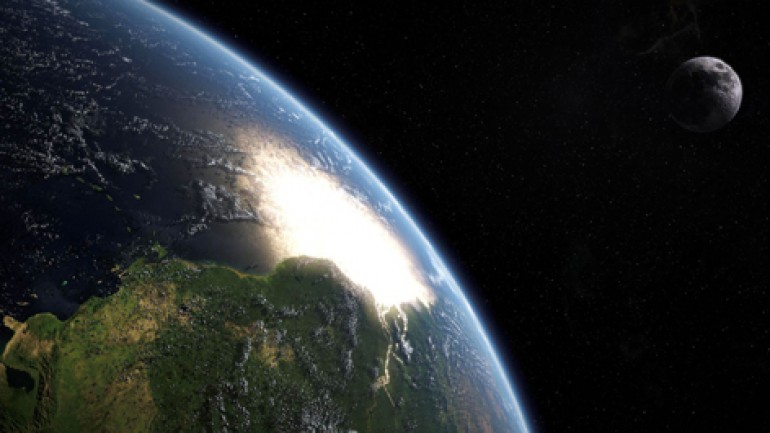The Moon is such a familiar presence in the sky that most of us take it for granted. But what if it wasn’t where it is now? How would that affect life on Earth?
Space scientist and lunar fanatic Dr Maggie Aderin-Pocock explores our intimate relationship with the Moon. Besides orchestrating the tides, the moon dictates the length of a day, the rhythm of the seasons and the very stability of our planet.
Yet the Moon is always on the move. In the past it was closer to Earth and in the future it’ll be farther away. That it is now perfectly placed to sustain life is pure luck, a cosmic coincidence. Using computer graphics to summon up great tides and set the Earth spinning on its side, Maggie Aderin-Pocock implores us to look at the Moon afresh: to see it not as an inert rock, but as a key player in the story of our planet, past, present and future.





so if the moon effects other animals the world over,and causes behaviors to change or become exaggerated and exciteable, why is it such a stretch for her to consider it may be occurring in humans? she seemed to dismiss that rather easily, I know its pseudo science, and isn’t really testable, but its not that unreasonable of a theory. science across the board suggests practically everything is acting on each other to a greater or lesser extent.
It seems that this was obviously a designed system – this documentary acts like it all happened by chance. That would take a lot of faith to believe!
This isn’t true. The super moon is an actual phenomenon. however, the change in size is neglegable. Viewing the moon near the horizon plays a perspective trick with our brains making it seem bigger.
Awesome this is great!
Thanks for posting this video. It was intriguing to see the extreme variables given and the possible outcomes of those vaiables.I would definitely recommend this video to high school science teachers to share with their students.